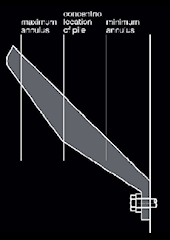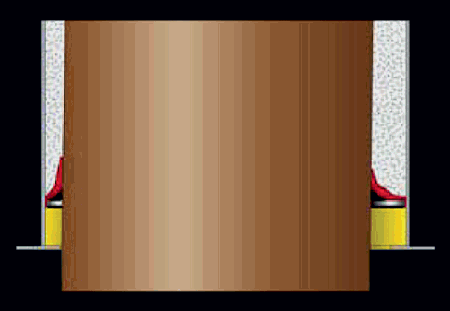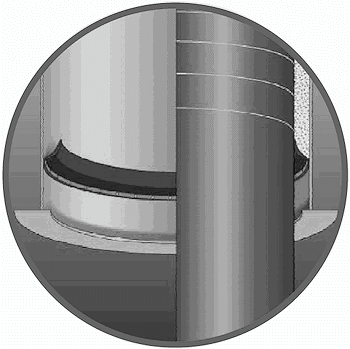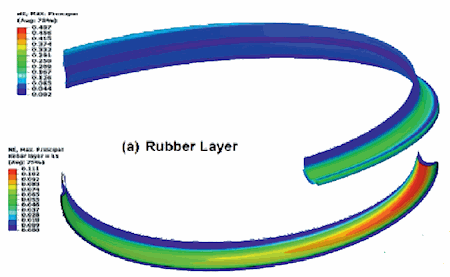![Crux Products [Home]](images/crux-products.gif)
|
|
|
Tongue SealsThe Crux Tongue Seal (TS) has been developed to provide grout support for structures with pre-placed pile foundations. Its excellent record of reliability has been proven during the installation of theWorld's largest Offshore Wind Farms. The TS is used for installations where the piles are predriven for Monopile/Transition-Piece foundations and Jacket/Tripod structures.
The fabric reinforcement of the TS gives it the strength required to support a large head of grout over a wide annular gap between theT-Piece and the Pile.  This is achieved while keeping the cross section of the TS narrow, allowing it to also fit in to a small minimum annulus. This is important to allow for the greatest installation tolerance of the pre-placed Pile. The TS can be configured to attach to an inside circumference Transition Piece or to the outside circumference of Pile or Jacket Leg. 
|
 Advantages to using CRUX Tongue Seals
CRUX Tongue Seal Finite Element AnalysisFor each TS design, the deflection due to grout pressure is simulated using Finite Element Analysis. This allows the performance of the TS to be known in advance of it. 
A 3D FEA model is used and the deflection of the TS determined as the annulus varies between its minimum and maximum values around the circumference. The maximum strains experienced by the seal materials are determined so they can be controlled. |